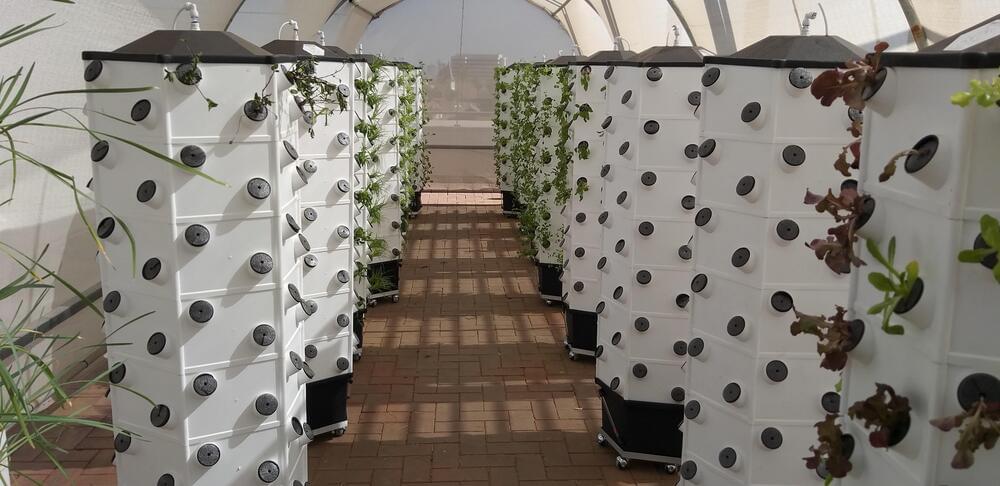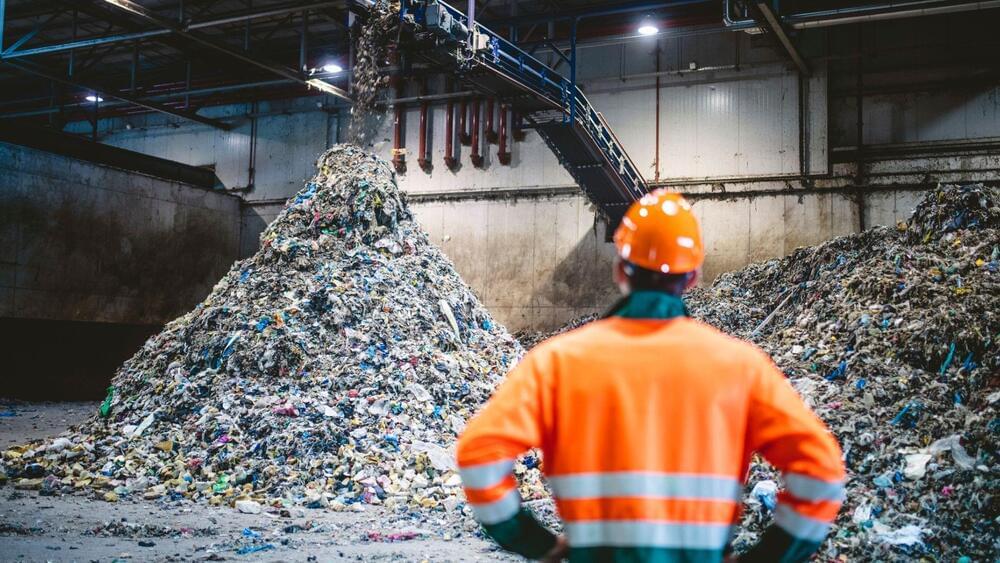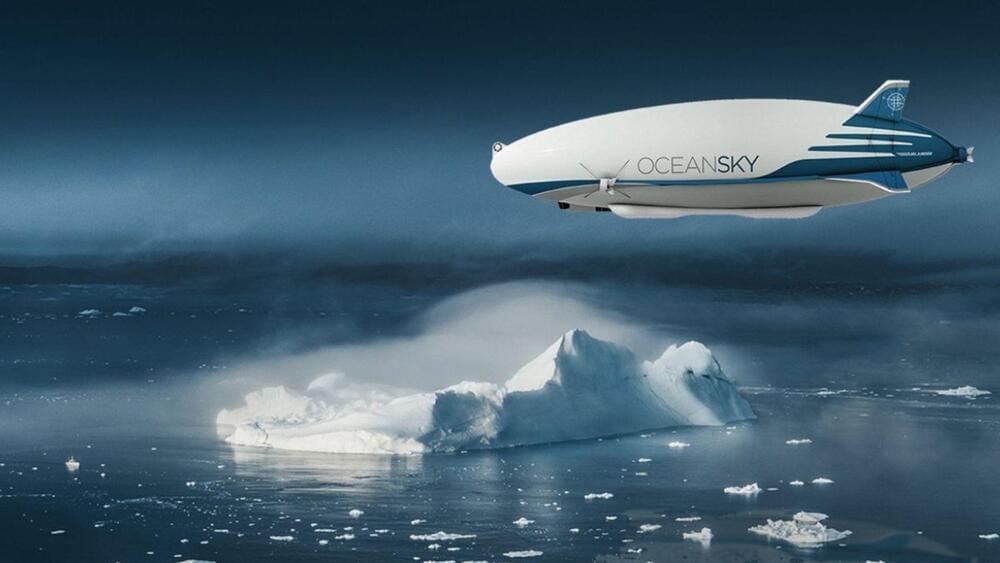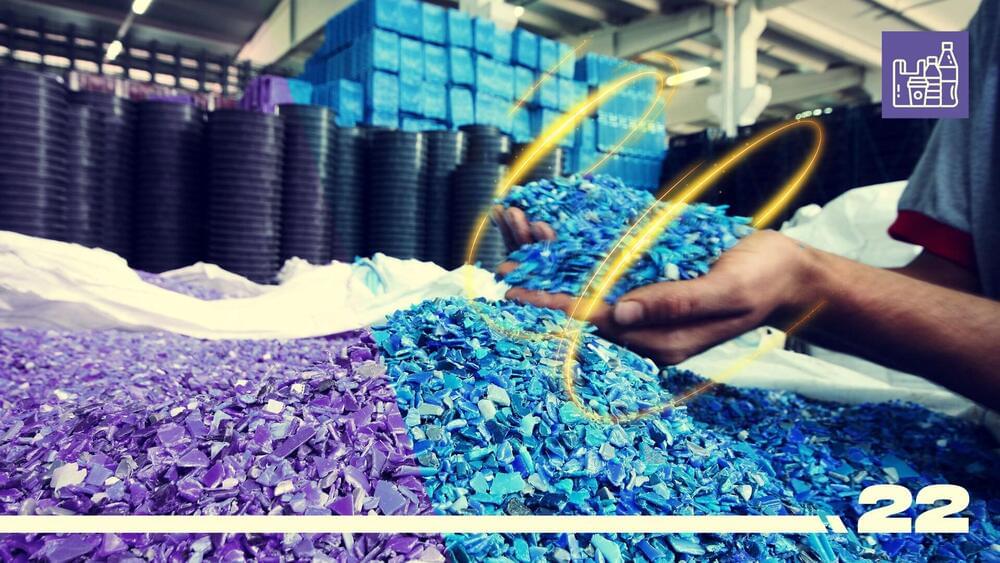Dec 12, 2022
A new electric car battery material could dramatically boost charging times
Posted by Gemechu Taye in categories: sustainability, transportation
The technology could help make EVs more affordable as well as easier to charge.
A collaboration between researchers at the Yokohoma National University in Japan and the University of New South Wales Sydney, Australia has led to the development of a new electrode material that can be used in solid-state batteries. Thus the electrode doesn’t diminish after multiple charges and discharge cycles and can help in manufacturing durable batteries for electric vehicles.
As the world is turning over to electric modes of transportation in its bid to reduce carbon emissions, the battery has become a focal area of development.
Continue reading “A new electric car battery material could dramatically boost charging times” »

















